What Type of Nutrients Are Replaced Most Often by Fertilizer
Heres what I found. Climate temperature rainfall soil pH soil type what plants you are growing and more.
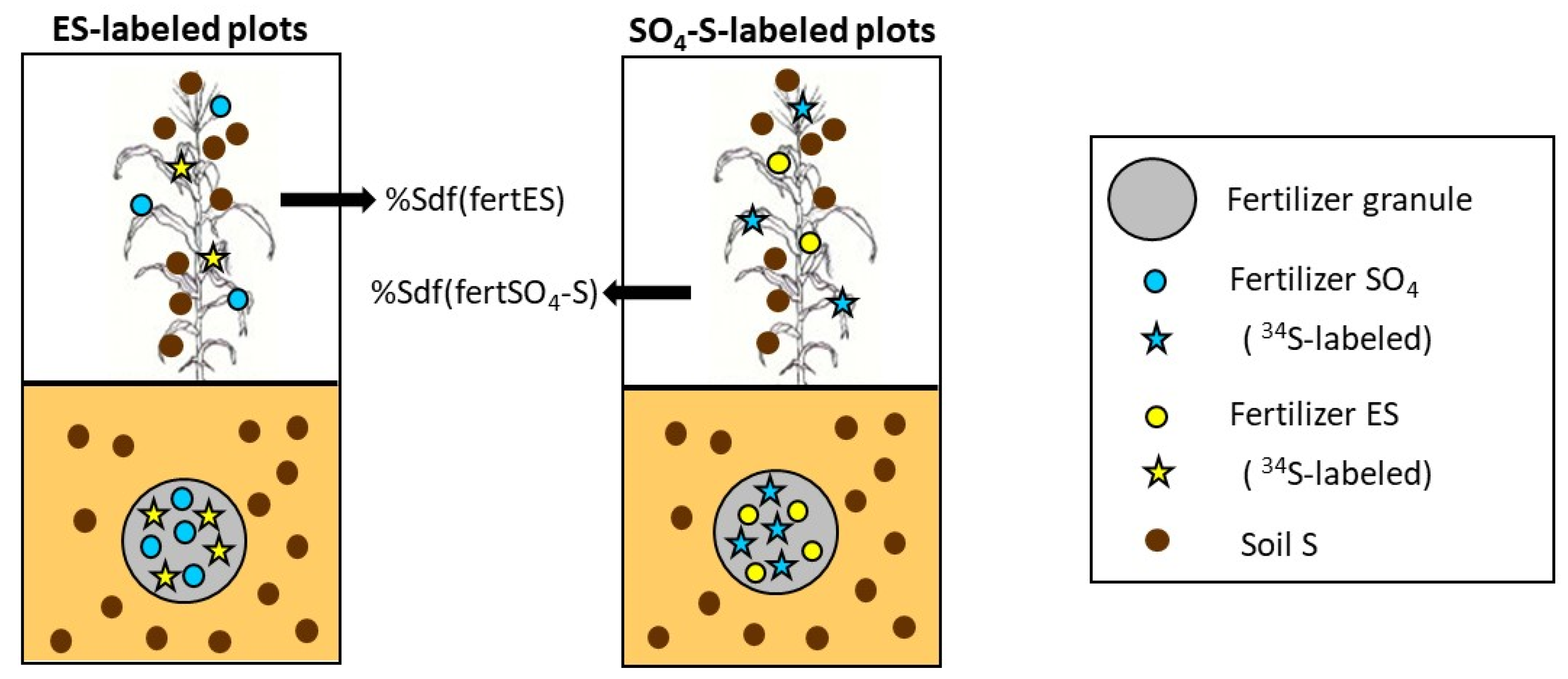
Agronomy Free Full Text Sulfur Uptake From Fertilizer Fortified With Sulfate And Elemental S In Three Contrasting Climatic Zones Html
Some fertilizers also contain certain micronutrients such as zinc and other metals that are necessary for plant growth.
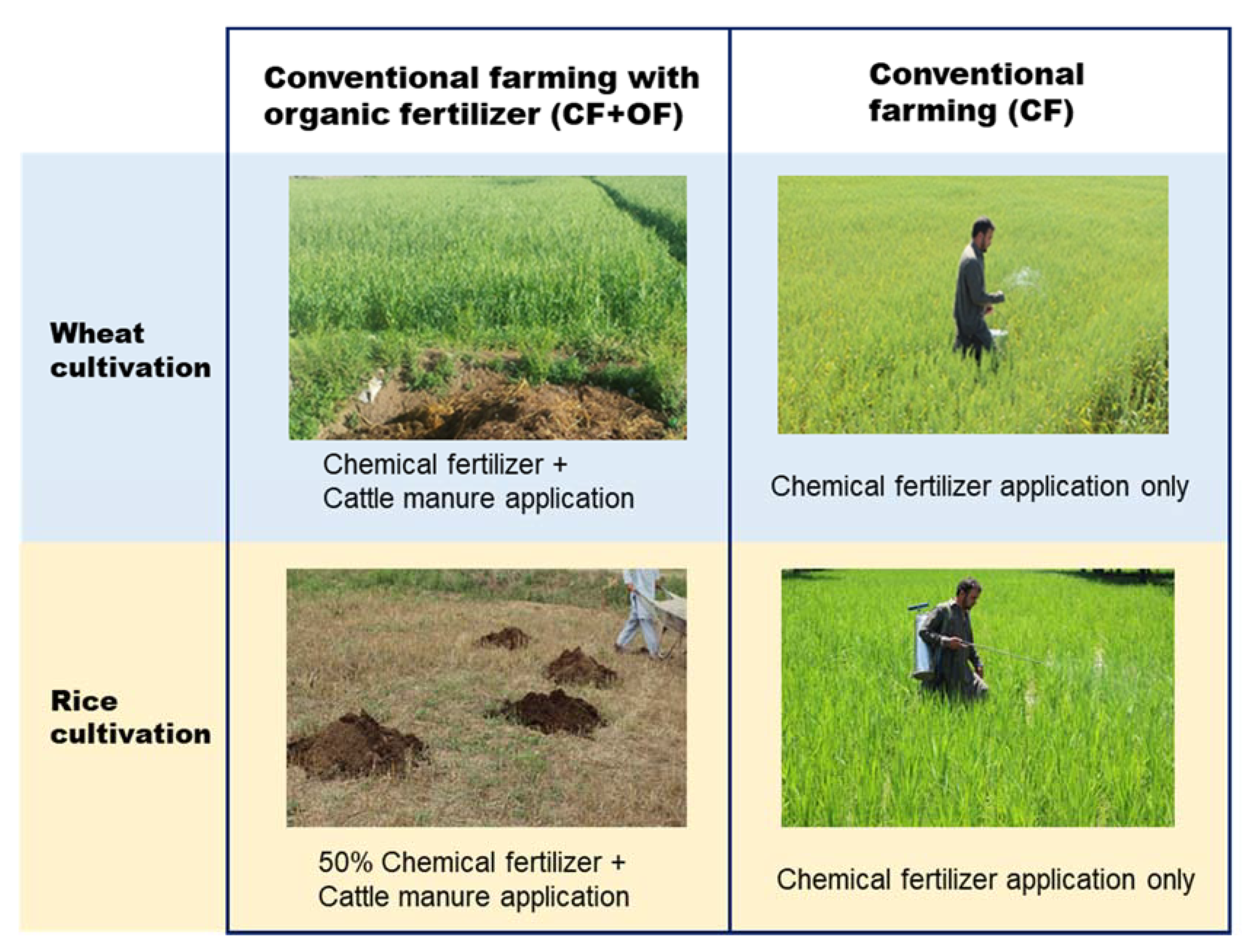
. Urea is another common nitrogen source with the advantage of being solid and non-explosive as opposed to ammonia and. What types of nutrients are most often replaced by fertilizers. Some common fertilizers include compost for organic matter.
Over application can result in negative effects. Fertilizers provide the major nutrients nitrogen phosphorus and potassium and important secondary elements that plants need. These three macronutrients are essential to the growth and health of all plants.
They are high in nutrients content. Because nitrogen in slow-release fertilizers is available over time the product can be applied less frequently and at higher rates and is less likely to burn the lawn. Fertilizers are manufactured mixtures of chemical products that contain N P K and other necessary nutrients.
Organic fertilizers can be very low in macronutrients but often contain a wider range of micronutrients. 2They do not control erosion. Fertilizers offer many combinations of nutrient types nutrient amounts and release times.
There are many things that determine how often different nutrients need to be replaced. Liquid or dry fertilizer to provide nutrients that can be broken down by microbes into plant-available form. The most important of these nutrients or the big three are nitrogen phosphorous and potassium often referred to on fertilizer labels as N-P-K for their periodic table abbreviations.
In short you do not need to apply too much fertilizer in the young plant stage if you have prepared nutrient-rich soil. Following are the Different Types of Fertilizers Used Today-Single Nutrient Fertilizers. Magnesium may also be added to aid in photosynthesis the update of nutrients as well as seed formation.
Calcium magnesium and sulphur Fertilizers. An additional ten nutrients are called micronutrients and are required in smaller amounts for healthy plant growth. Modern fertilizers have improved tremendously in recent years with more attention to environmental concerns.
Rock phosphate to replace phosphorus lost due to mechanized farming practices like plowing under living root systems or heavy applications of nitrogenous nitrate fertilizers. There are three main macronutrients in all fertilizers. Most plant fertilizers contain a mixture of three nutrients.
Three of these nutrients are called macronutrients and they are Nitrogen N Phosphorus P and Potassium K. Fertilizers made from wastes. You can reapply slow-release fertilizers every six to eight weeks while a fast-release fertilizer can be reapplied every four weeks.
Most fertilizers used are used to replace macronutrients. Nutrients For Veg Stage. The types of nutrients you can use to mix in the ground are forest humus worm manure and processed fish meal.
There is liquid powder and granular. Most of the fertilizer used is to replace the macronutrients. Nutrient solution is constantly added with these types of systems so you will need to replace your solution more often than in non-recirculating hydroponics systems such as deep water culture or aeroponic where most nutrients are.
Nitrogen can appear in the fertilizers list of ingredients in the form of calcium nitrate or nitroform. By applying fertilizers to your farmland youre also increasing the water holding capacity soil fertility. Bone meal as a source of calcium.
Nitrogen phosphorous and potassium. NH 4 NO 3 ammonium nitrate is also commonly utilised. Most fertilizers that are commonly used in agriculture contain the three basic plant nutrients.
Three of these nutrients are called macronutrients and are nitrogen N phosphorus P and potassium K. These three minerals are all essential for plant growth. Nutrients at different growth stages have different proportions of these elements to best suit the needs of the weed plant at that stage.
While plants arent picky when it comes to a source of nutrients compost and manure contain organic carbon which is vital for soil healthassisting in the plants growth immune system and nutrient absorption. Phosphorus is used best for photosynthesis and chlorophyll formation. Nitrogen N phosphorus P and potassium K.
Macronutrients need to be replaced most often secondary nutrients occasionally and micronutrients very infrequently. Fertilizers contain essential nutrients that plants need such as nitrogen potassium and phosphorus. They are spread over the soil to re-supply the soil with the proper amount of these nutrients.
Nitrogen phosphorus and potassium. Nitrate-based fertilizers are the most commonly used straight fertilizers in Europe. Powdered fertilizers also need water to be productive.
What are the 4 types of fertilizers. Nitrogen is essential for photosynthesis and chlorophyll formation. Fertilizers are the most often used method of replacing lost nutrients.
Disadvantages of inorganic fertilizers. The most common mineral nutrients that need replacing are Nitrogen N Phosphorus P and Potassium K. If you want to fertilize during this period it is best to use a processed organic fertilizer.
Photosynthesis is the process in which a plant brings in carbon dioxide and water and uses the elements in the to make starches and sugars which are used in various plant processes. Materials that are applied to the land primarily to enhance soil characteristics. Spreading them is similar to watering your garden usually done with a hose attachment.
What type of nutrients are replaced most often by fertilizer. Unless the nutrients are replenished the soils productive capacity declines with every harvest. They contain major plants nutrients in quality to sustain plant growth.
Additional nutrients contained in a fertilizer can include calcium which improves vigor and promotes growth. They do not improve soil structure. Liquid fertilizers are often diluted with water.
According to the University of Massachusetts Amherst compost can replace fertilizer. Plants need nutrients to grow which they absorb from the soil via the plants root system. Nitrogen fertilizers with inhibitors.
Ammonia or its solutions are the most used nitrogen-based direct fertilizers. Fertilizer comes in a few different forms.
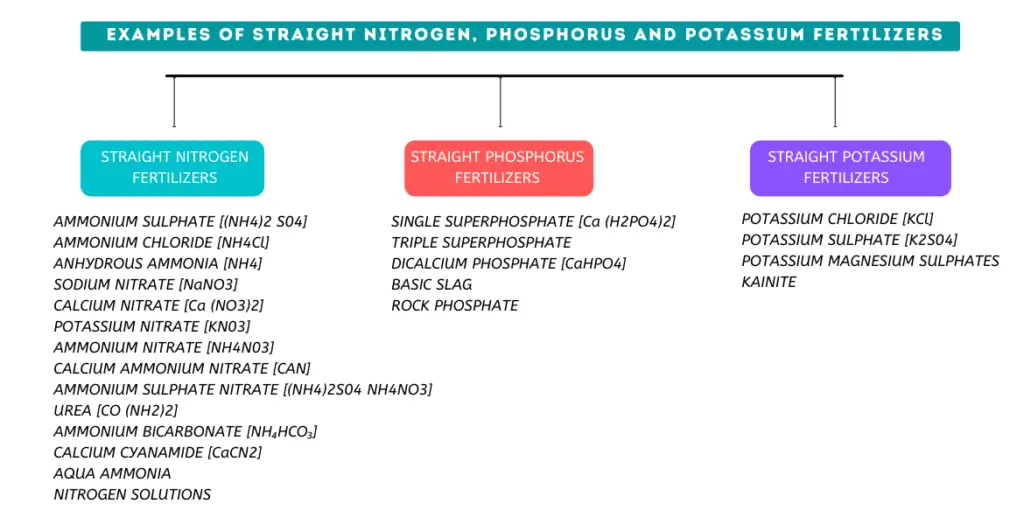
Complete Guide To Types Of Fertilizers Their Classification And Use

Homemade Garlic Spray A Non Toxic Insecticide Insecticide Herb Pots Homemade
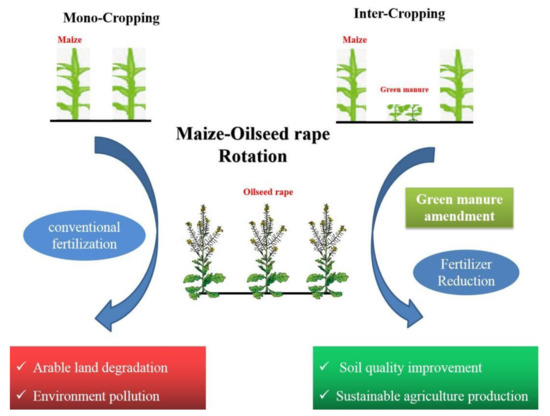
Plants Free Full Text Green Manure Amendment Can Reduce Nitrogen Fertilizer Application Rates For Oilseed Rape In Maize Ndash Oilseed Rape Rotation Html

Plant Nutrient Deficiencies How To Identify And Correct These To Keep Your Container Plants Healthy With Proper Growing Conditions Plant Nutrients Plants Plant Leaves

Effects Of Fertilizer On Macro Nutrients Uptake Mg Plant Of Cocoa Download Table

Digestate Composition Affecting N Fertiliser Value And C Mineralisation Springerlink
Do I Need To Fertilize My Plants When And How Often To Fertilize Pla Urban Leaf
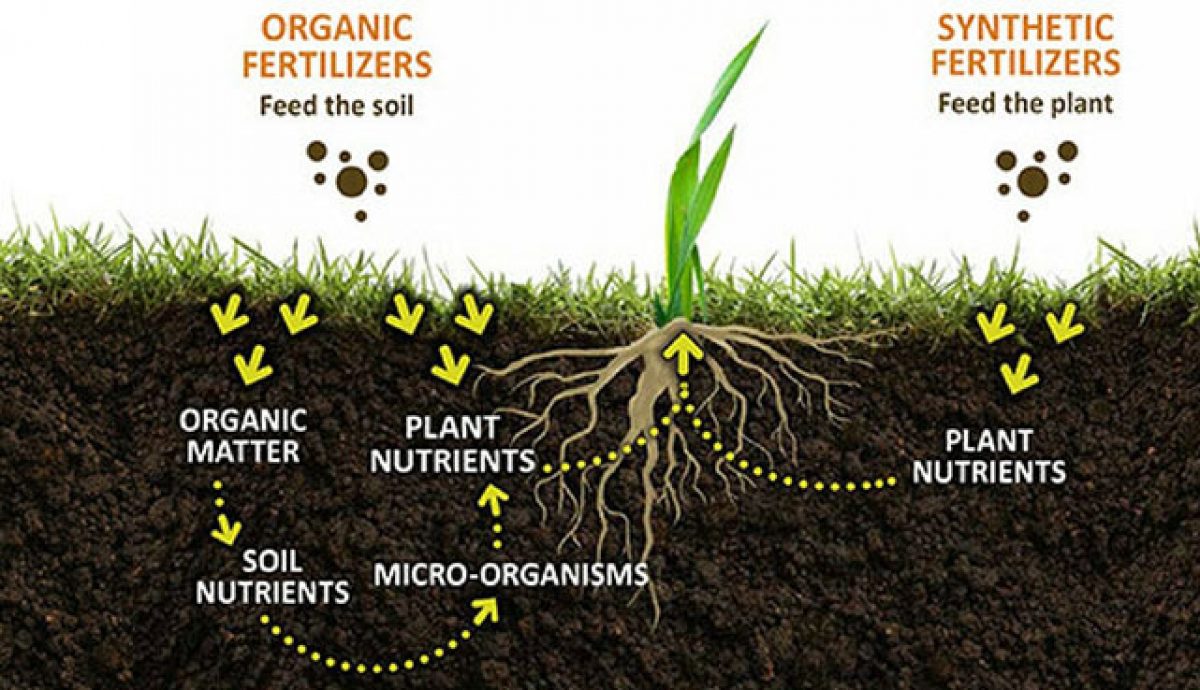
Types Names Uses And Benefits Of Fertilizers Farmsquare
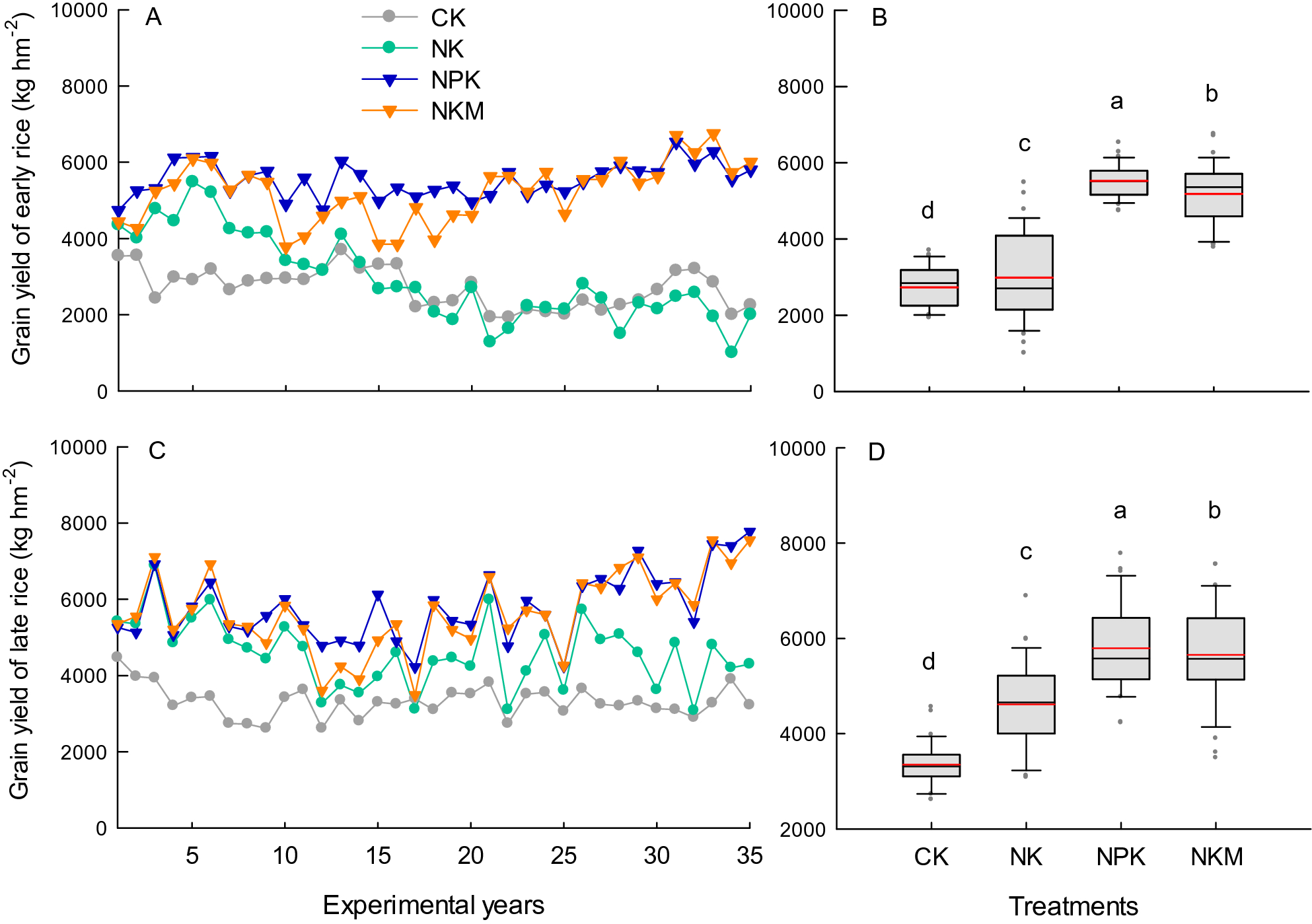
Substituting Chemical P Fertilizer With Organic Manure Effects On Double Rice Yield Phosphorus Use Efficiency And Balance In Subtropical China Scientific Reports

Organomagic Liquid Soil Booster Organic Liquid Fertilizer For All Plants 5 Ltr Organic Plants Organic Liquid Fertilizer All Plants
How Has The Use Of Fertilizer Improved Crop Production Quora
How Has The Use Of Fertilizer Improved Crop Production Quora
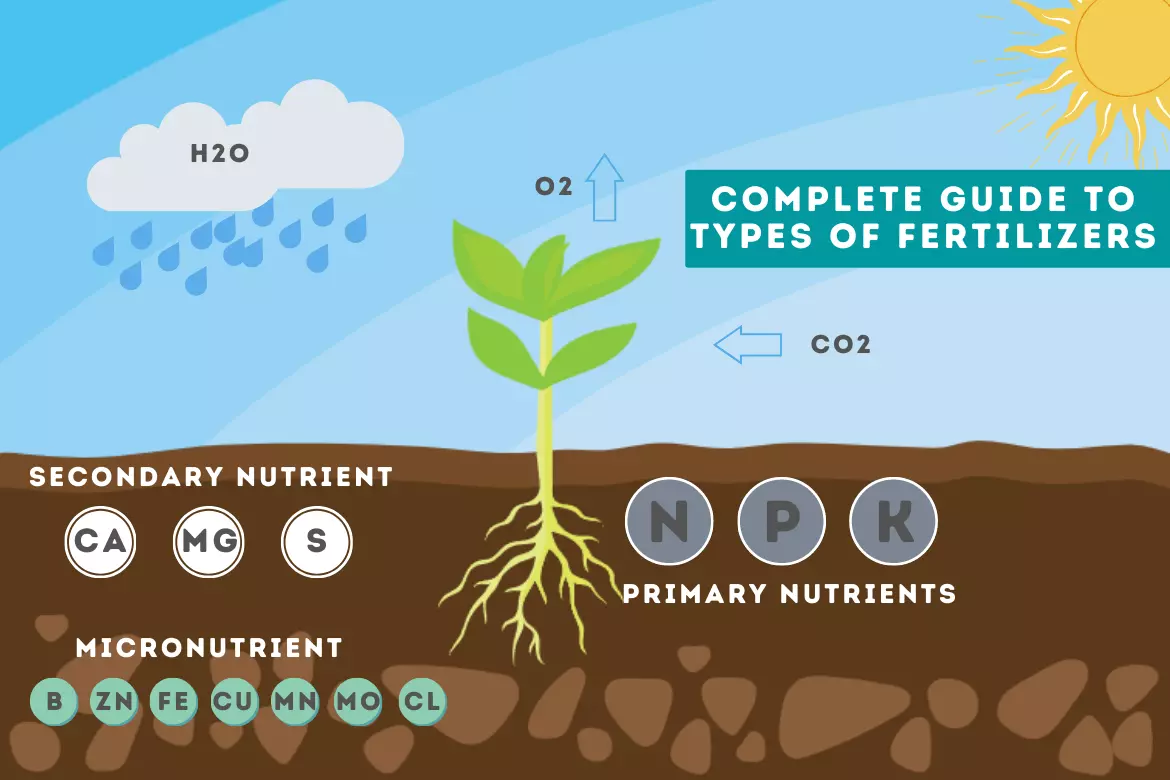
Complete Guide To Types Of Fertilizers Their Classification And Use

Improving The Prediction Of Fertilizer Phosphorus Availability To Plants With Simple But Non Standardized Extraction Techniques Sciencedirect
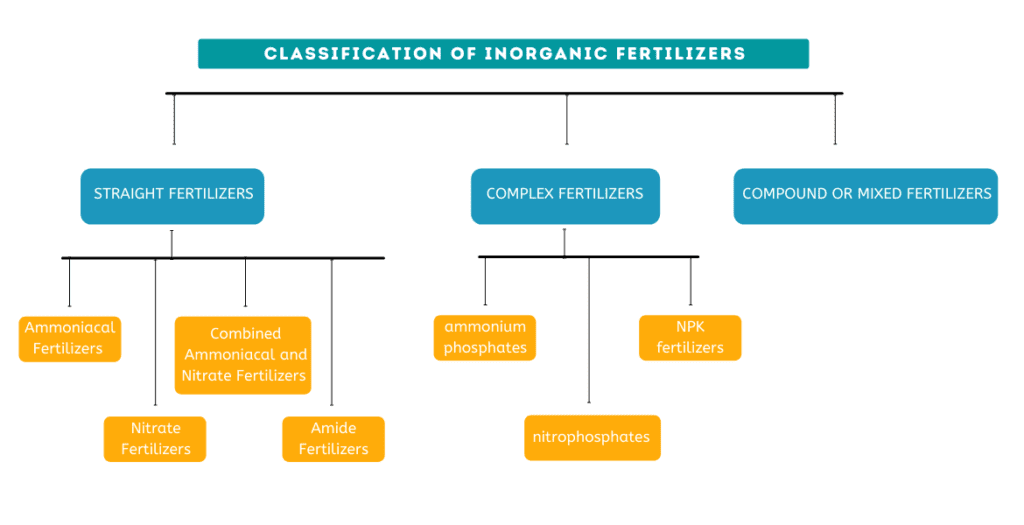
Complete Guide To Types Of Fertilizers Their Classification And Use

Nutrient Composition Of Agricultural Fertilizers Download Table

Sustainability Free Full Text Effects Of Cultivating Rice And Wheat With And Without Organic Fertilizer Application On Greenhouse Gas Emissions And Soil Quality In Khost Afghanistan Html


Comments
Post a Comment